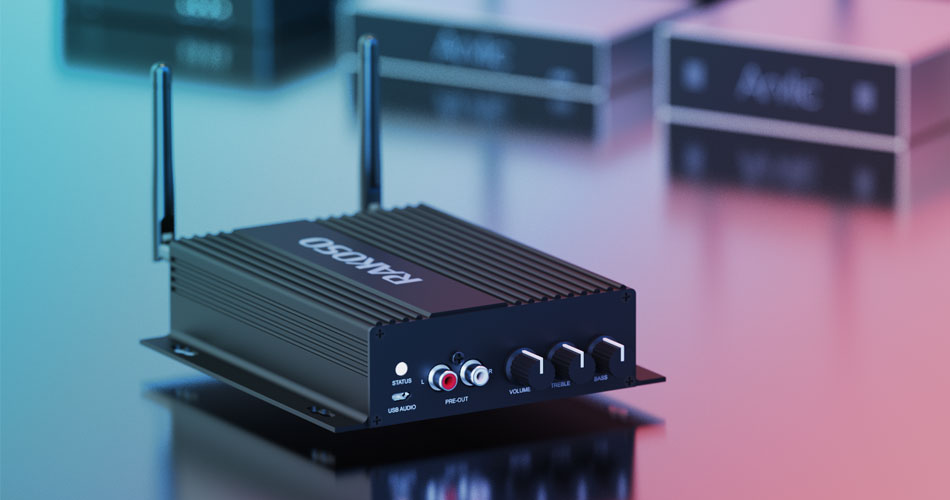
The best amplifier for your home theater speakers can be a little confusing at times. There are so many options out there and everyone has their personal favorite brands and models. Here is some general information on what to look for when shopping for the best amplifier.
Know what you need
First, you need to familiarize yourself with all your speakers and their specifications, including impedance and RMS output level (if possible). For example, if you have a set of front speakers requiring 90W of power per speaker at an impedance of 8 ohms, they will require an amplifier that produces 90W x 8 = 720W (at 8 ohms; we're not doing any complex math here). An amplifier rated 75RMS watts per channel at 8 ohms will not be able to correctly power your speakers without risking a blown speaker or amplifier. Learn more here about different types of speakers and their specifications.
Connection type

You need to know the connection type for your speakers and what connectors are required from the receiver/amplifier. If your receiver requires bare wire connections, you will need to use either banana plugs or spades on the ends of your speaker wire coming from each speaker. This can be time-consuming and cumbersome when simply trying to set up a home theater quickly, but if this is how your system was designed, there is no way around it. The other option is that the receiver has spring loaded pins directly into which you would plug in a single connector with a built-in banana plug at one end and bare wire on the other end. This is very easy to use and is preferred in home theaters where the receiver takes up minimal space on the shelf under your television. You can also find some of our products that will help you set up your home theaters quickly.
Type of Surround speaker

You must determine what type of surround sound speaker system you have or will have installed. There are generally two types: Dolby Pro Logic IIz and DTS Neo:6. The latest processors from Denon, Marantz, Onkyo , Integra, and Yamaha all have these options available for home theater receivers, including a number of features that can be optimized to better suit your viewing room's acoustics. These technologies work by adding two extra channels to create a 7 channel speaker setup from a standard 5 channel receiver/amplifier. In simpler terms, the sound is sent to one of three places: front left/right speakers; rear surround speakers; or ceiling mounted height speakers. The "z" in Dolby Pro Logic IIz means that it will send the extra channels to the "height" speakers if they are available.
Here are the five most important specs to look for in an amplifier:
1. Minimum continuous power per channel
The minimum continuous power per channel is 90W x 5 = 450W. This is how much power each speaker receives when the receiver/amplifier channels are simply on with no sound playing through them. You can ignore any extra features or "extra" wattage not needed to produce at least this amount of power because it will just be wasted electricity that costs you more money than necessary.
2. RMS watts at 6 ohms
Because your speakers are 6 ohms, look for an amplifier that produces at least 90W x 6 = 540W RMS. This will allow you to have ample power in reserve in the event of a speaker blowing out or if you want to add additional speakers later on without having to upgrade your receiver/amplifier. If your receiver can handle 4 ohm speakers then you would need at least 120WRMS x 6 = 720W RMS.
3. THD + Noise
The THD + Noise is the only spec that really matters here because it describes how much "noise" is being produced when no sounds are playing through your surround sound system. There has been some debate over whether this could cause a "bright" sounding surround sound mix. This is not the case as long as the true power output per channel is equal between all channels for a given input signal. In other words, if you have a 7 channel amplifier and the spec says 120WRMS x 5 @ 0.1% THD + Noise, then each of your five speakers would receive 20RMS watts when playing at normal volume levels. All seven channels together under that same circumstances would produce 100WRMS x 0.1% = 1RMS which much less likely to be perceived as brighter than all five channels producing 20RMS each.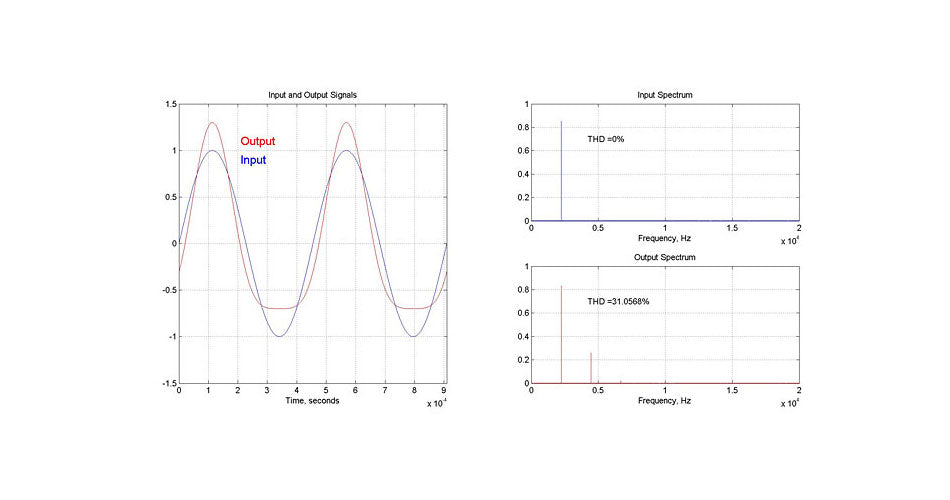
4. Dynamic Headroom
The Dynamic Headroom is how many extra dBs of headroom an amplifier has in the event that you increase the volume level to a point where distortion will occur. So, if a manufacturer says 120WRMS x 5 @ 0.1% THD + Noise and Dynamic Headroom is 20 dB, then this means you could crank your receiver/amplifier up to the maximum output of 120WRMS before any distortion would be heard from your speakers. You can't add extra dynamic headroom or "fake it" by turning up the volume on only certain channels because all seven channels have to work together equally in order for these types of surround sound systems to work properly.
5. Input Sensitivity
Input sensitivity is the last thing you should concern yourself with when choosing an amplifier for surround sound home theater systems which utilize a standard home theater receiver. If you are using an amplifier that is specifically made for surround sound systems, then this spec may be important because it tells you how much power will be sent to your speakers based on the volume control setting on your receiver. However, not all surround sound amplifiers have this feature so don't worry if yours does not.
And again, if you are using standard home theater receivers with up to seven different speaker configuration options, then the only specs that matter when looking for an amplifier are (1) minimum continuous power per channel; (2) RMS watts at 6 ohms; (3) THD + Noise; and (4) Input Sensitivity. The Dynamic Headroom or "unused power" beyond what is needed to produce clean sound is wasted money that you don't need to spend.
Conclusion
In conclusion, when shopping for an amplifier for your home theater speakers, be sure to look only at the four specs mentioned above. If you are using surround sound receivers designed specifically for home theater in mind then this may include other important features but in standard home theater receiver/amplifier setups, these are the only specs you need to focus on. Therefore, the best amplifier for your home theatre speakers is the one that produces true RMS power per channel, has low levels of THD + Noise, features a high dynamic headroom, and matches your receiver/amplifier input sensitivity.
Hope you guys can find the best amplifier for your home stereo system! Welcome to comments below to share your experience about the best amplifier for your system! See you in next sharing!


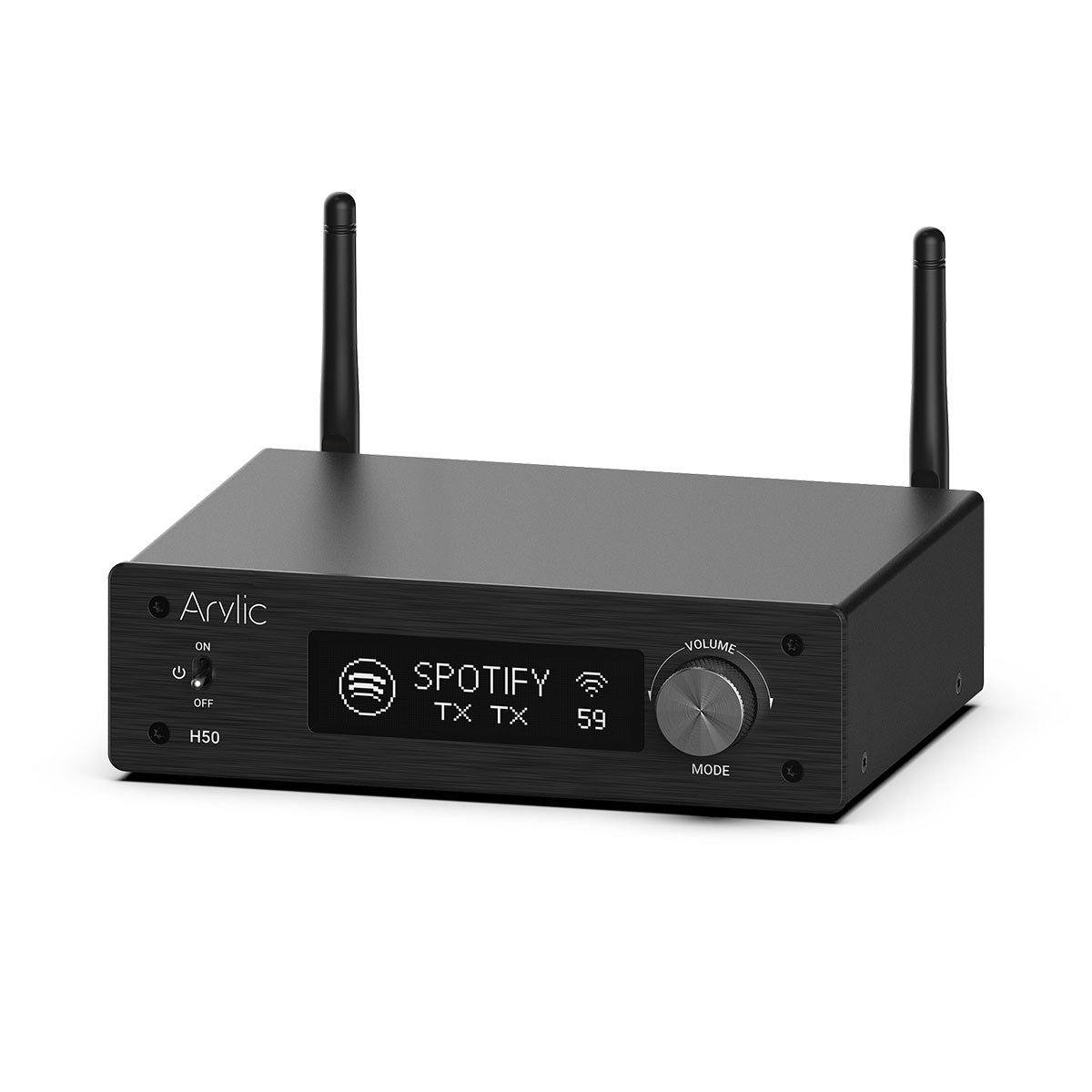
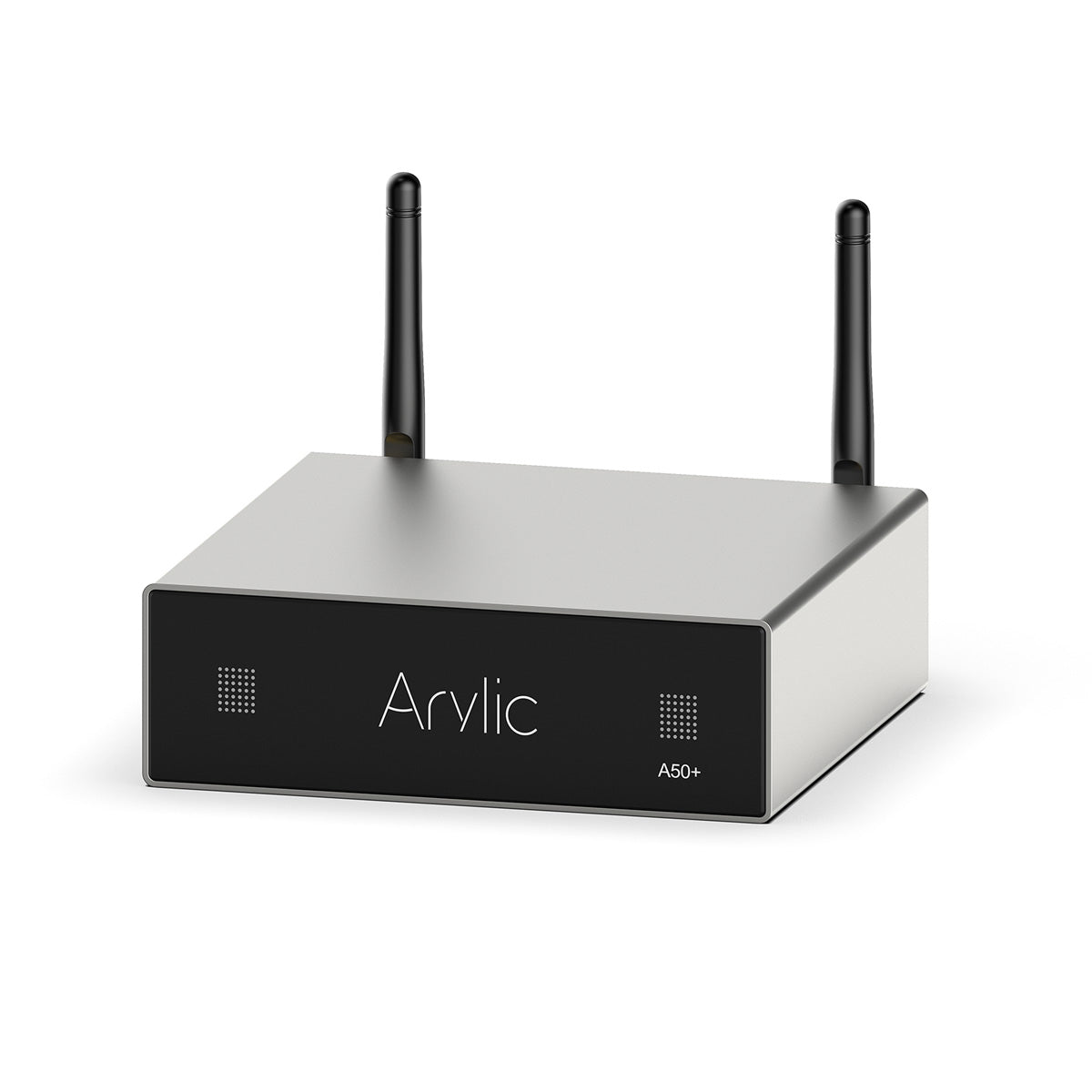
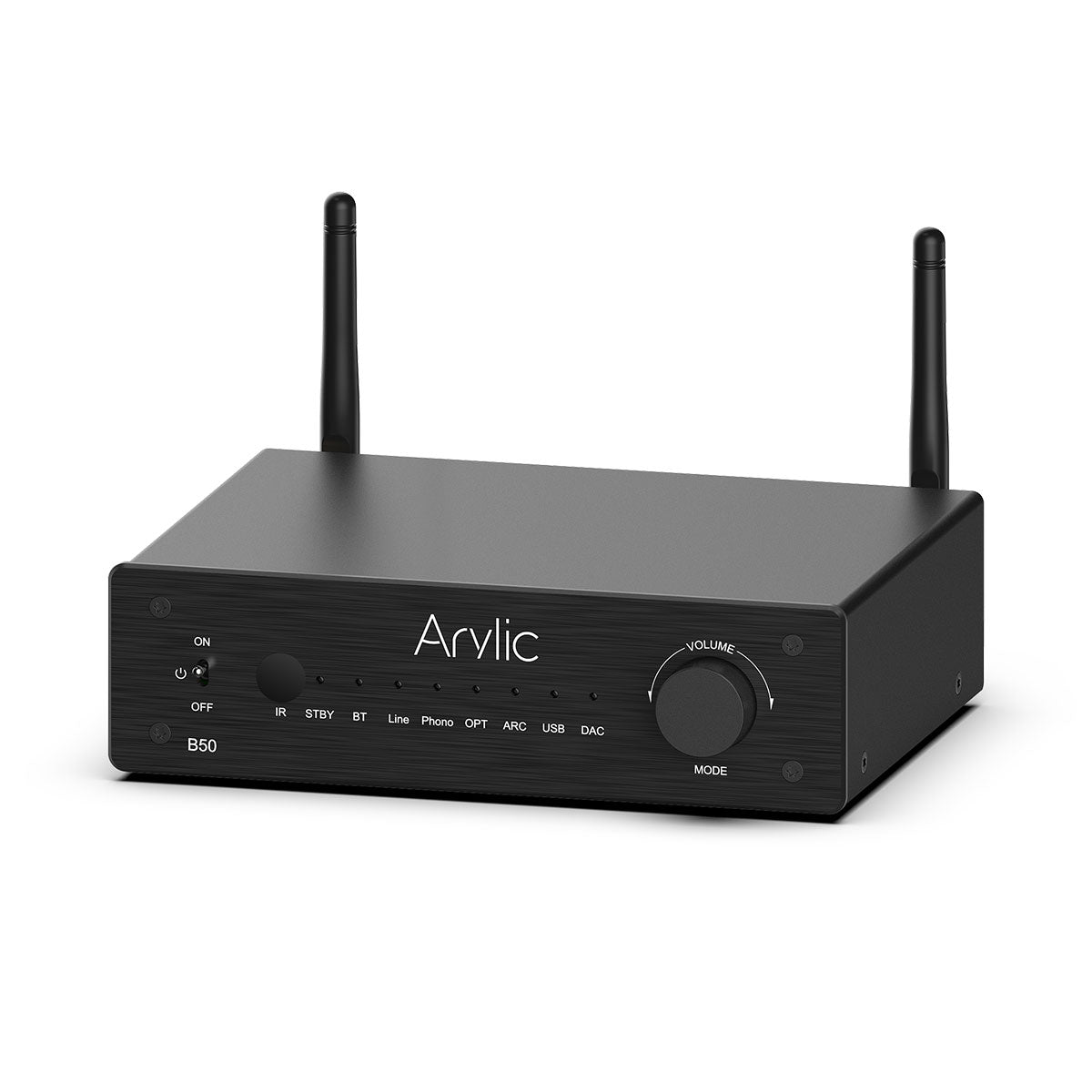
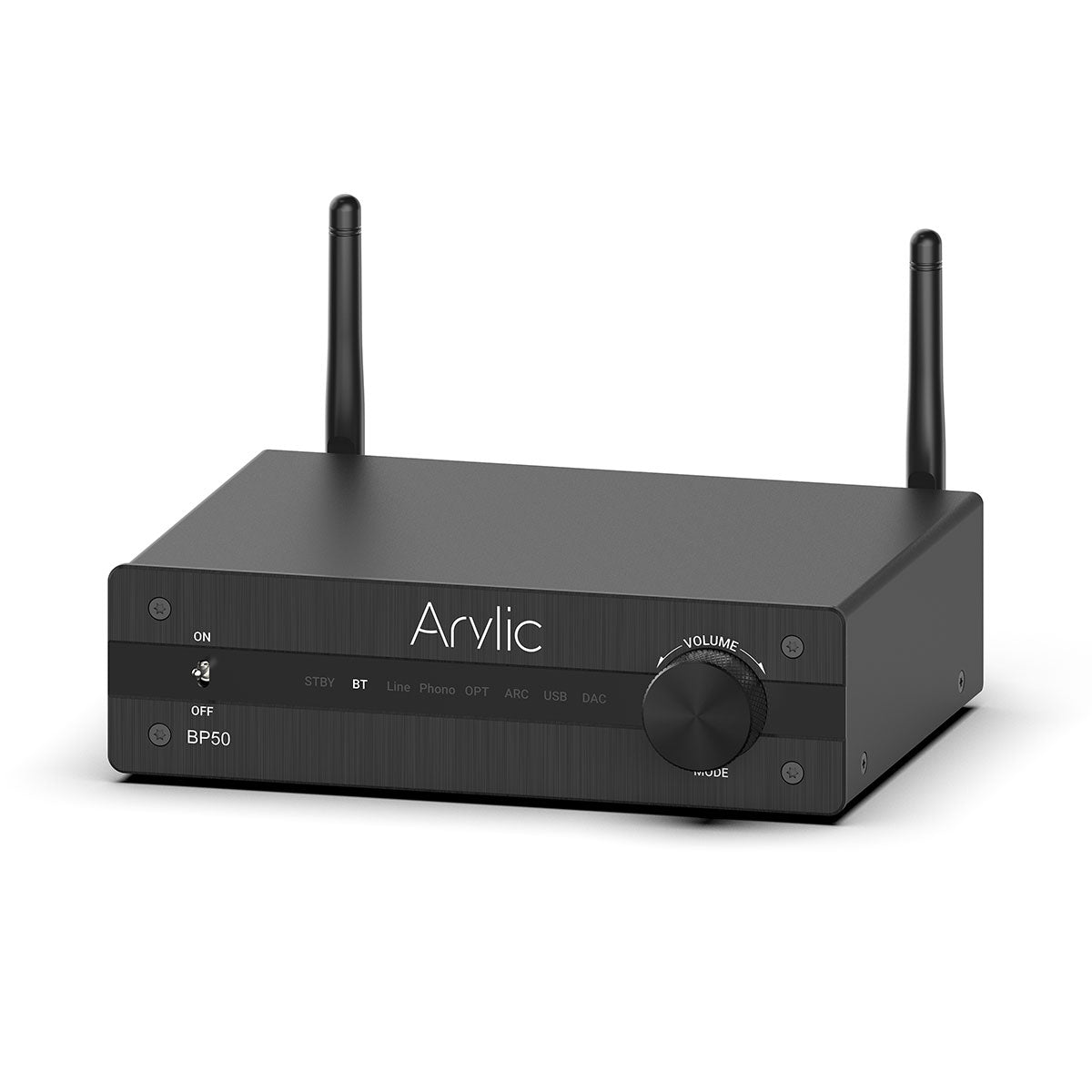
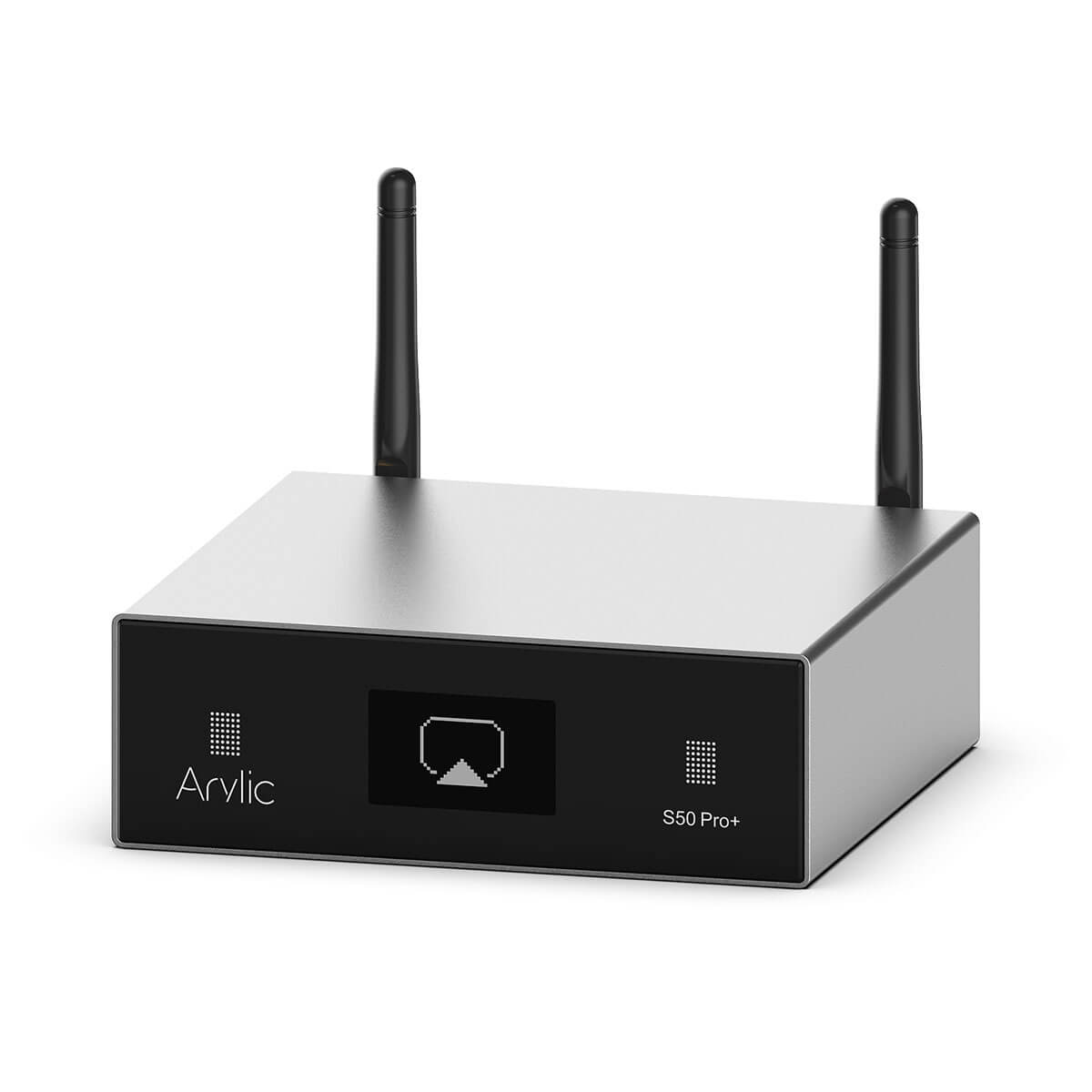

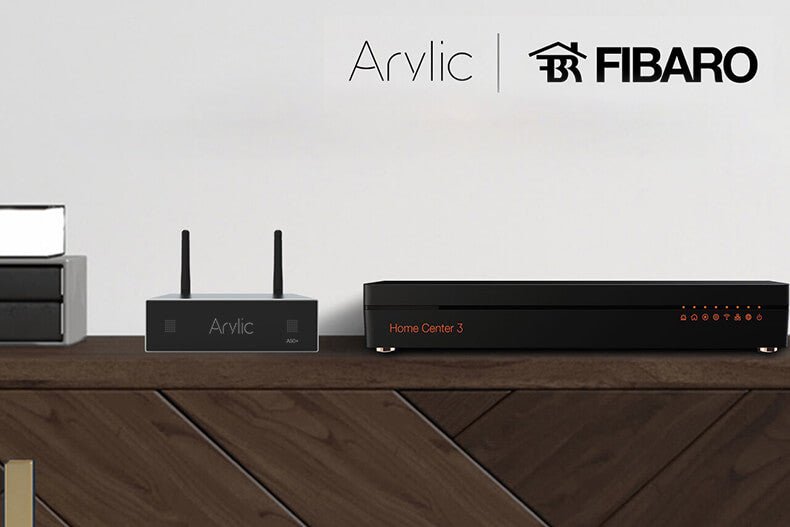
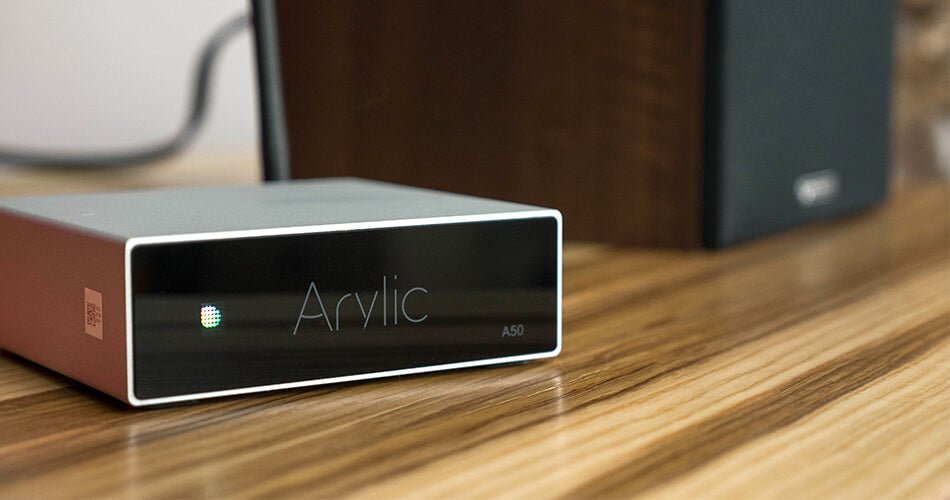
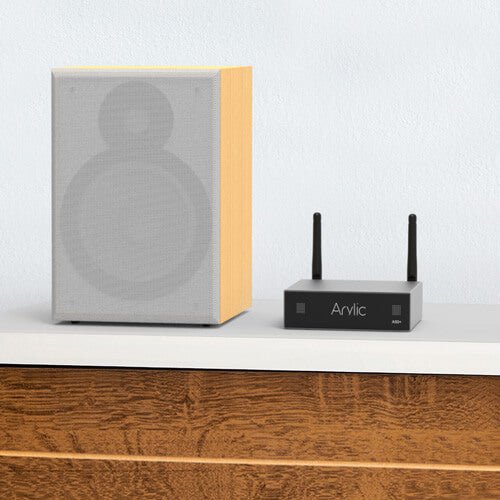
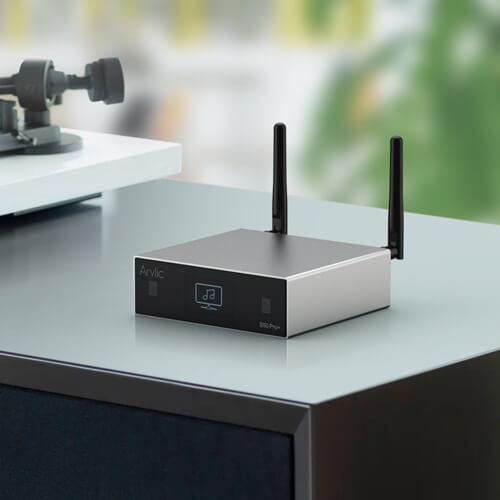
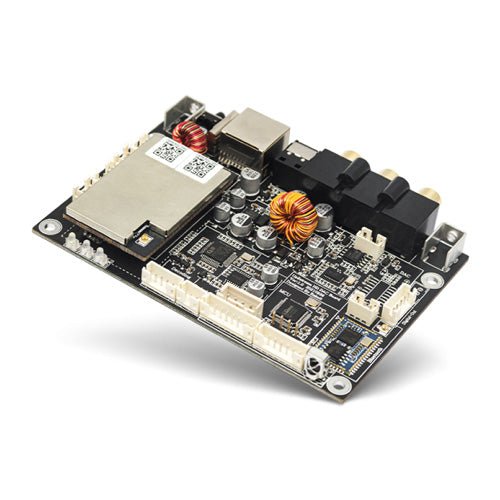
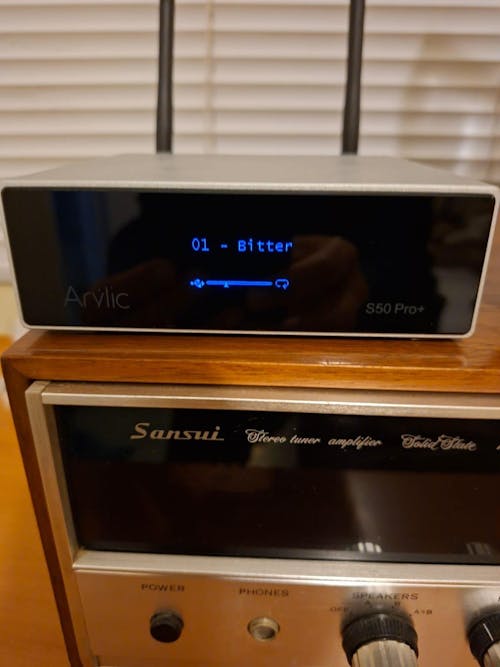
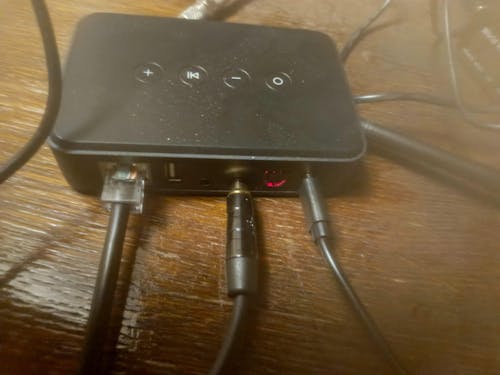
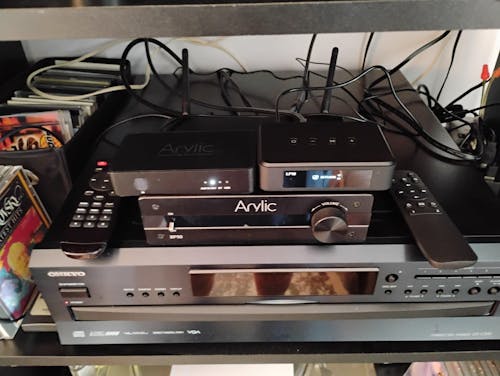
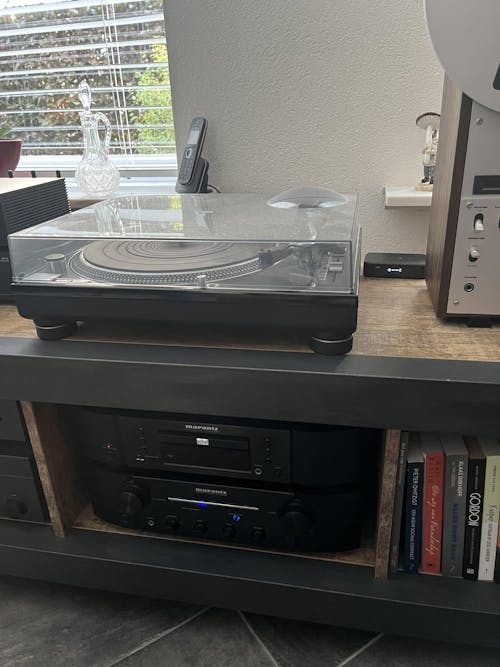
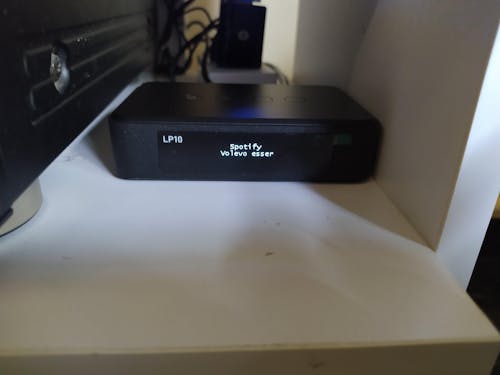
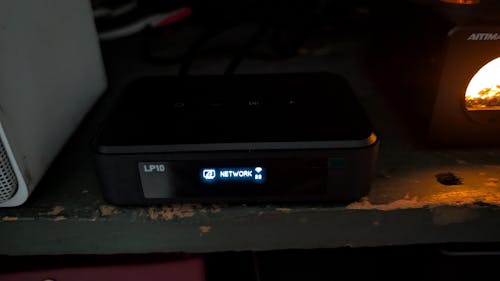
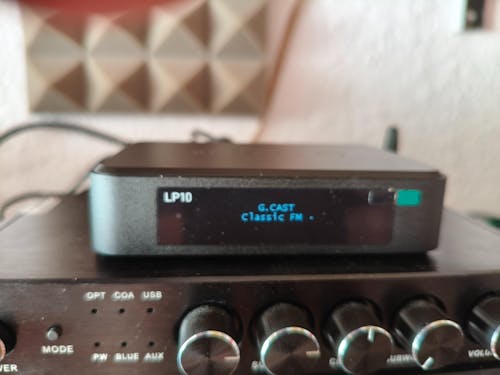


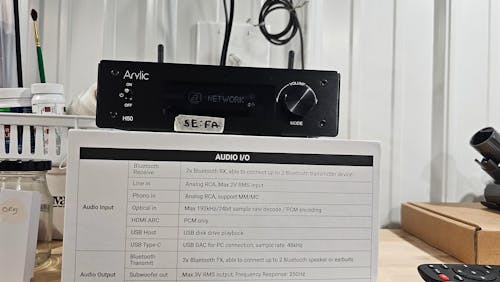
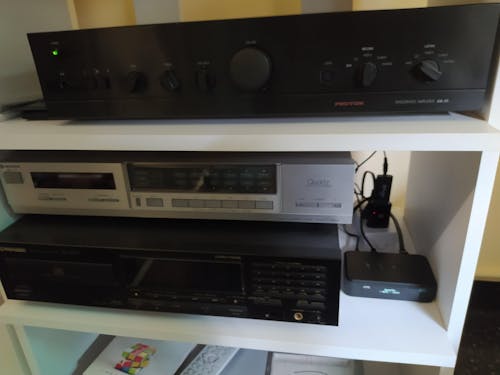
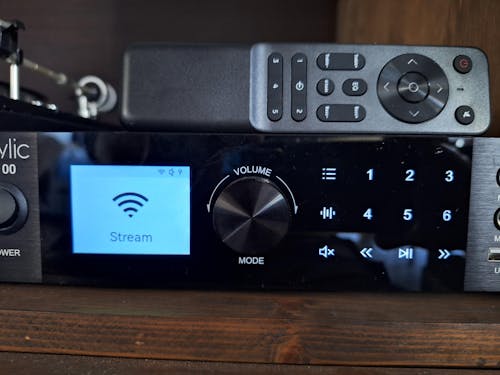
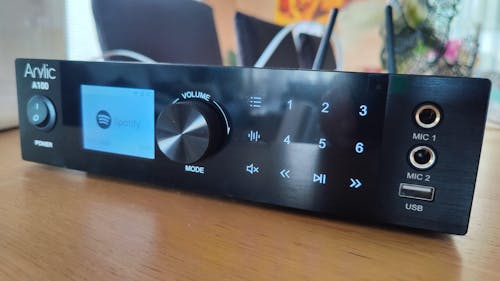

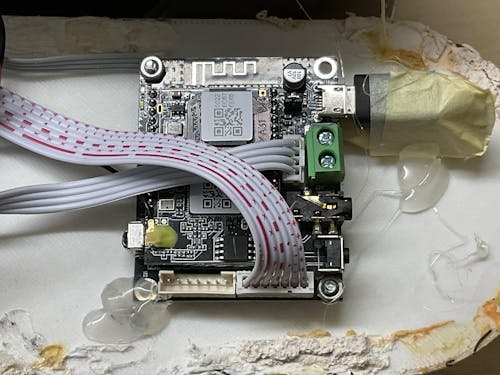
Leave a comment
All comments are moderated before being published.
This site is protected by hCaptcha and the hCaptcha Privacy Policy and Terms of Service apply.